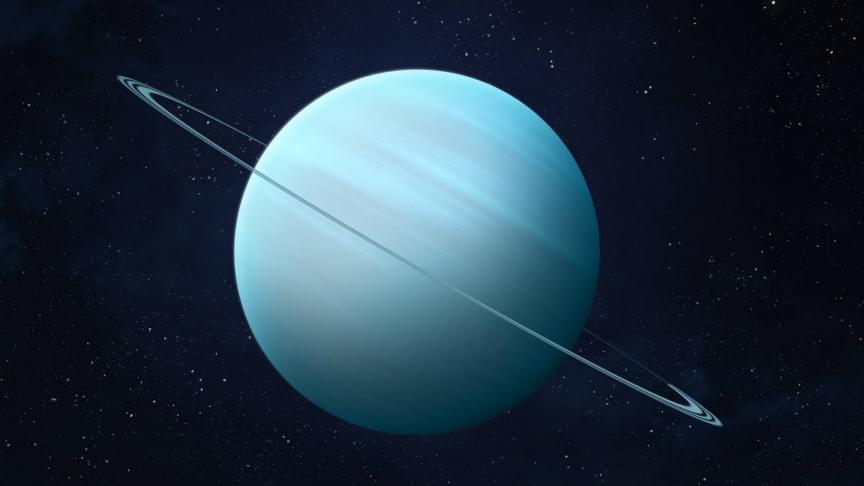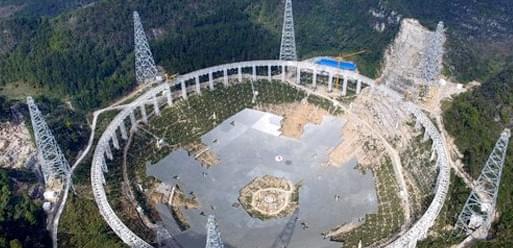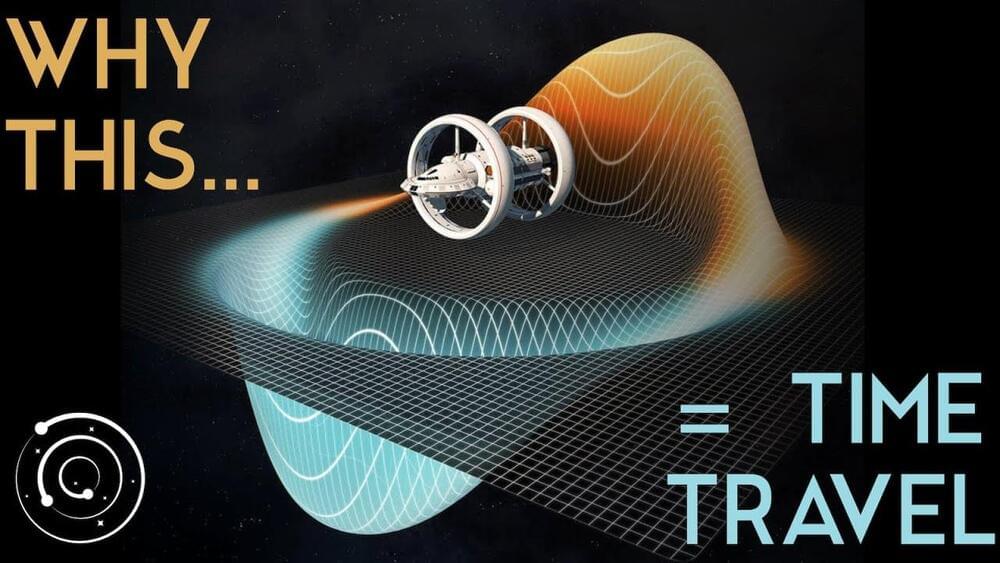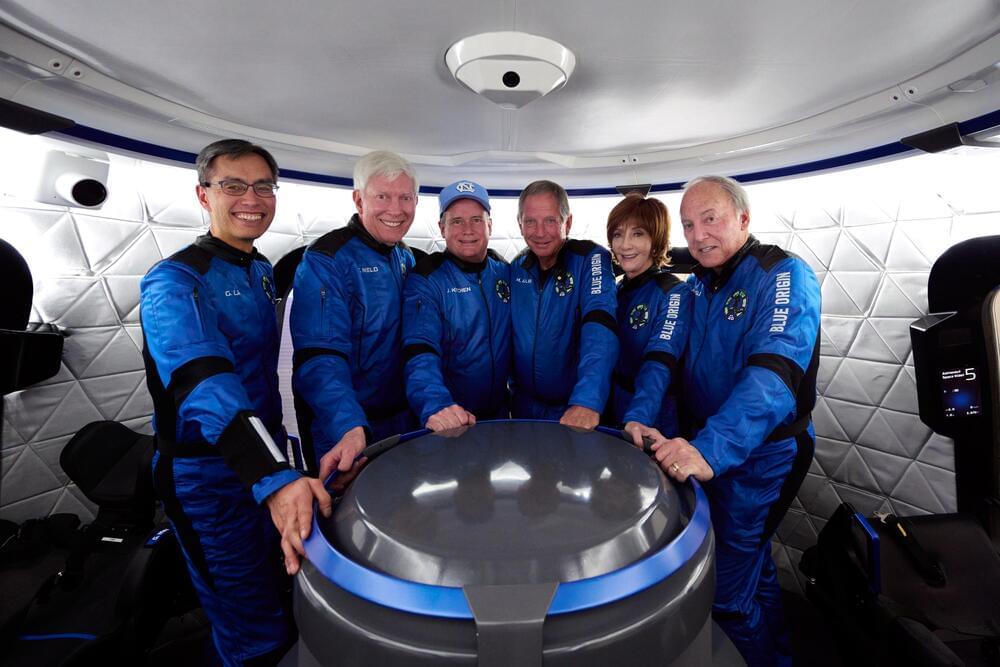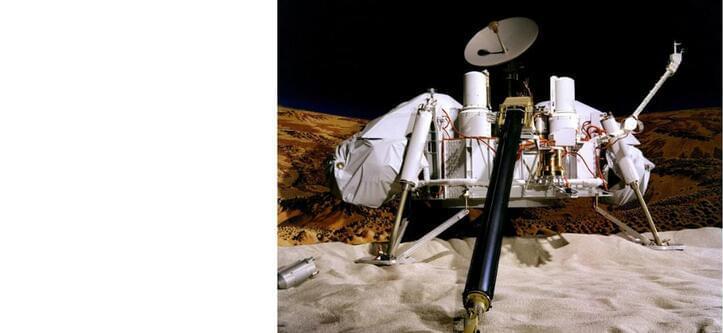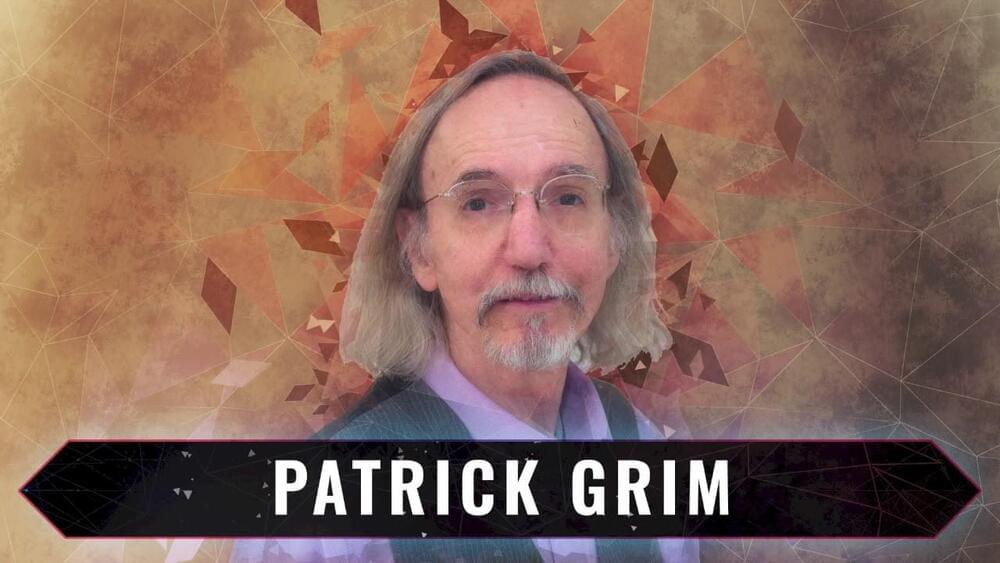Apr 24, 2022
Elon Musk’s SpaceX could probe Uranus on NASA’s flagship mission
Posted by Genevieve Klien in categories: alien life, Elon Musk, engineering
Could SpaceX be heading to Uranus next? The National Academies of Sciences, Engineering, and Medicine seems to think it should. The organization has released its latest decadal survey of planetary science and astrobiology. According to a report by Teslarati published on Wednesday, the survey hints that NASA should undertake a flagship mission to Uranus on SpaceX’s Falcon Heavy rocket.
The Uranus Orbiter and Probe
The mission is not entirely new. Called the Uranus Orbiter and Probe (UOP), the proposal has been under work for several years by a team that includes scientists from NASA, the University of California, and Johns Hopkins University. Now, with SpaceX’s Falcon Heavy rocket, the researchers feel they have the technology to make their long-held dream a reality.
